Inventory Valuation in iX ERP works as per the Average Cost Standard Method, which commonly used in most of the businesses as a standard financial valuation method.
What Is the Average Cost Method?
The average cost method assigns a cost to inventory items based on the total cost of goods purchased or produced in a period divided by the total number of items purchased or produced. The average cost method is also known as the weighted-average method (WAC).
Benefits of the weighted average cost method
A significant advantage of using the weighted average cost method that it is the simplest way to track inventory expense. You can store inventory stock without the need to designate which batch it belongs to, and you don’t need to trace the original cost before pricing items, simply marking up the average price of the stock units.
The calculation used to determine the weighted average cost is also easier than that of other valuation methods, which take multiple steps to calculate the inventory value or COGS.
Using this method also requires less paperwork. The weighted average cost method only requires a single cost calculation and uses this cost for all other calculations, requiring only a single record documenting the calculation. There is no need to maintain detailed records for each purchase, only records of the totals.
Consistency is another advantage because once the product cost is calculated, it is used consistently across all stock units. This includes the cost used for the ending inventory value as well as the COGS.
Finally, it costs money to track inventory stock, so whether you are counting manually or using software to track inventory expenses, this method requires fewer labour hours to maintain.
How Inventory Valuation works in iX ERP
Sing iX ERP with inventory module, along with Purchase and Sales modules, it will calculate the inventory average cost automatically as a standard cost and use this cost in all future transaction, the weighted average cost is changing according to purchase invoices prices across time.
Following are the transactions that affect Average Cost.
- Stock Purchased at Cost other than the Current Unit Cost.
- Stock Adjustment (Both In and Out) if recorded at the Unit Cost other than the Current Unit Cost.
- Voiding Customer Invoice (Delivery Note): This is critical. Please note that there is no effect on the average cost when an Invoice is created. But if any invoice is voided at later date and by that time the Unit Average Cost is changed to any other cost that is not same as the cost of the inventory item when the sale was recorded then it will affect the Average Cost.
- Voiding any Supplier Invoice (Purchase Order Delivery) or Supplier Credit Note (Stock Return to Supplier).
- Direct Cost Update.
